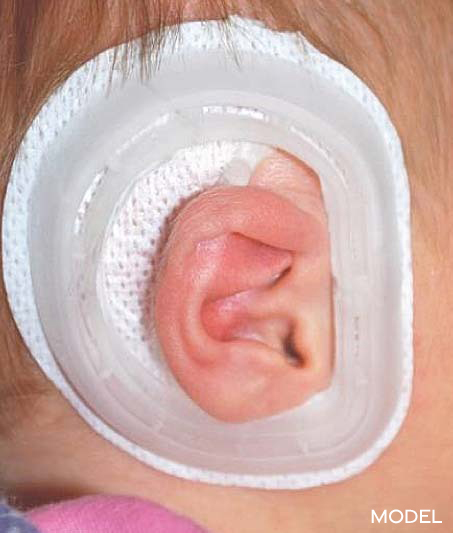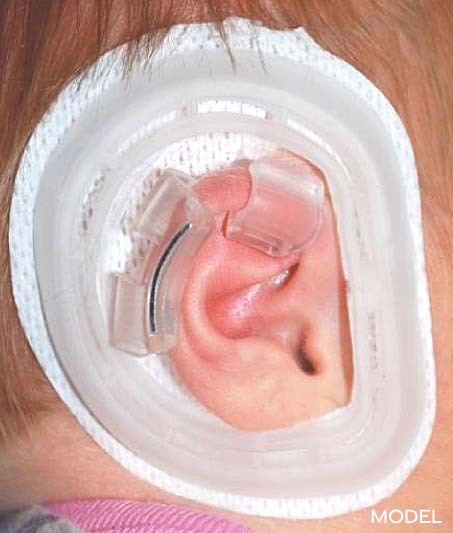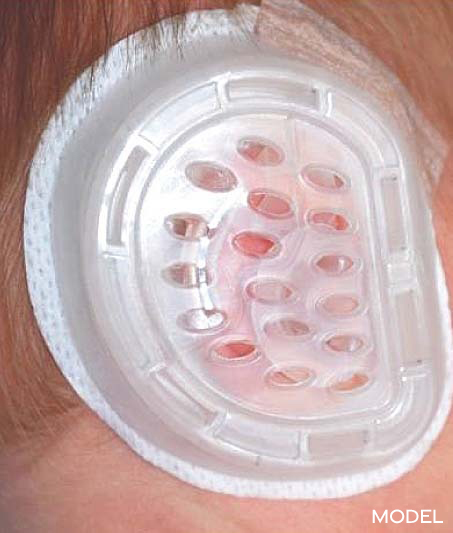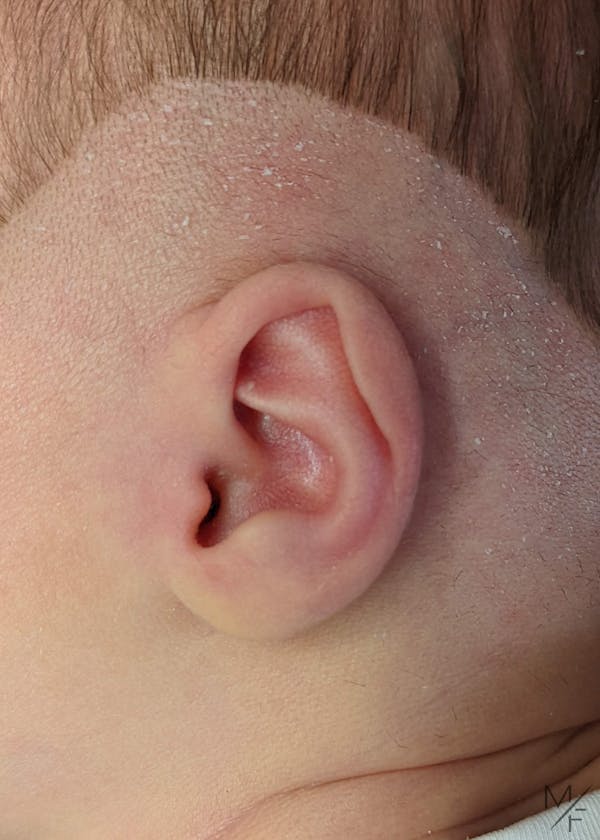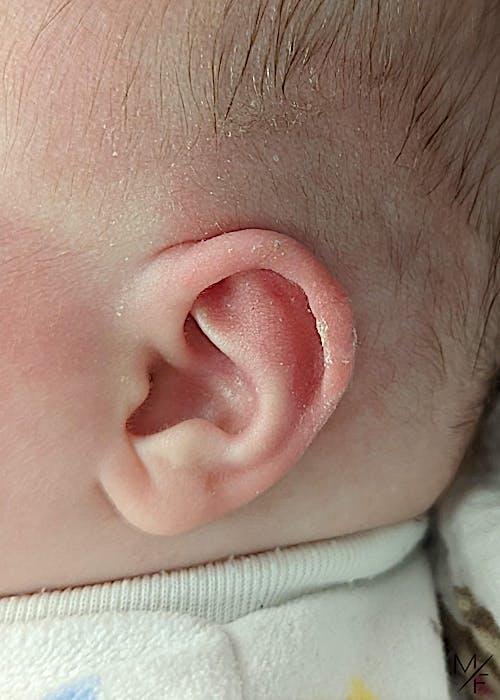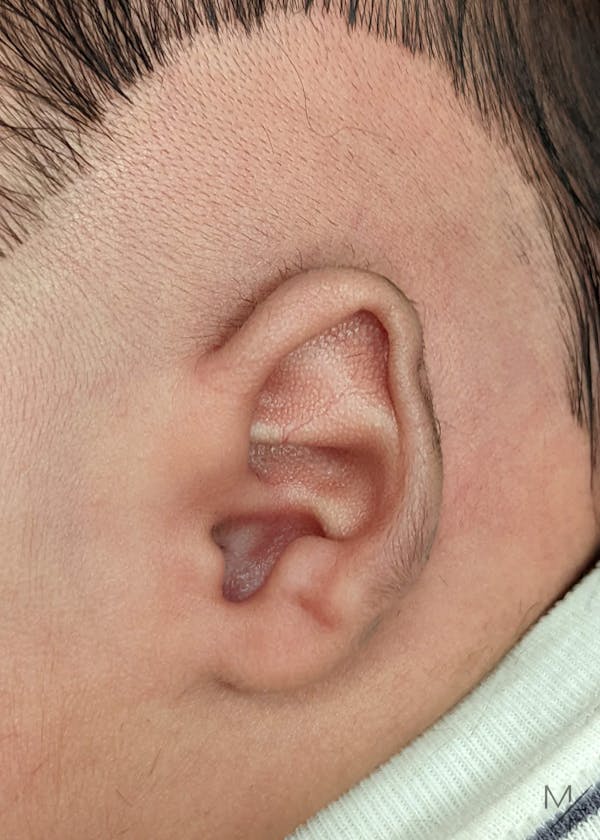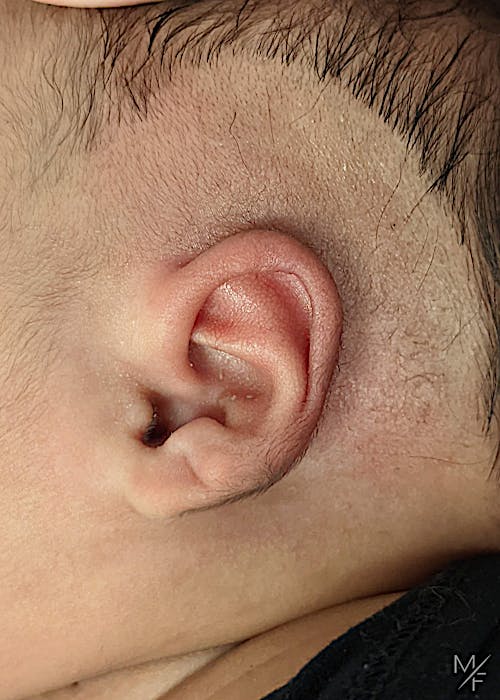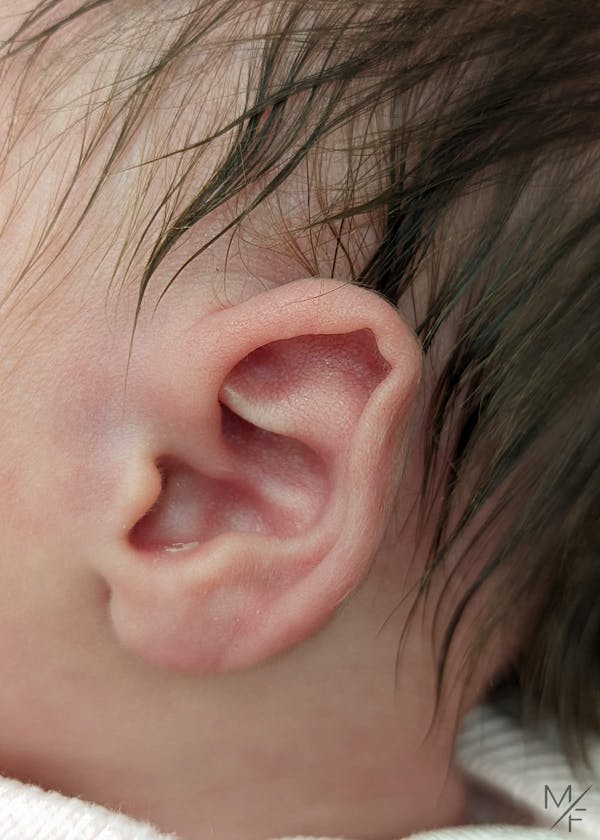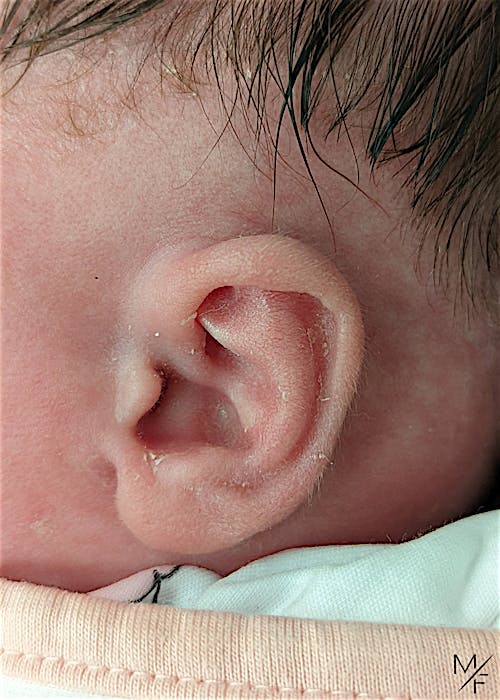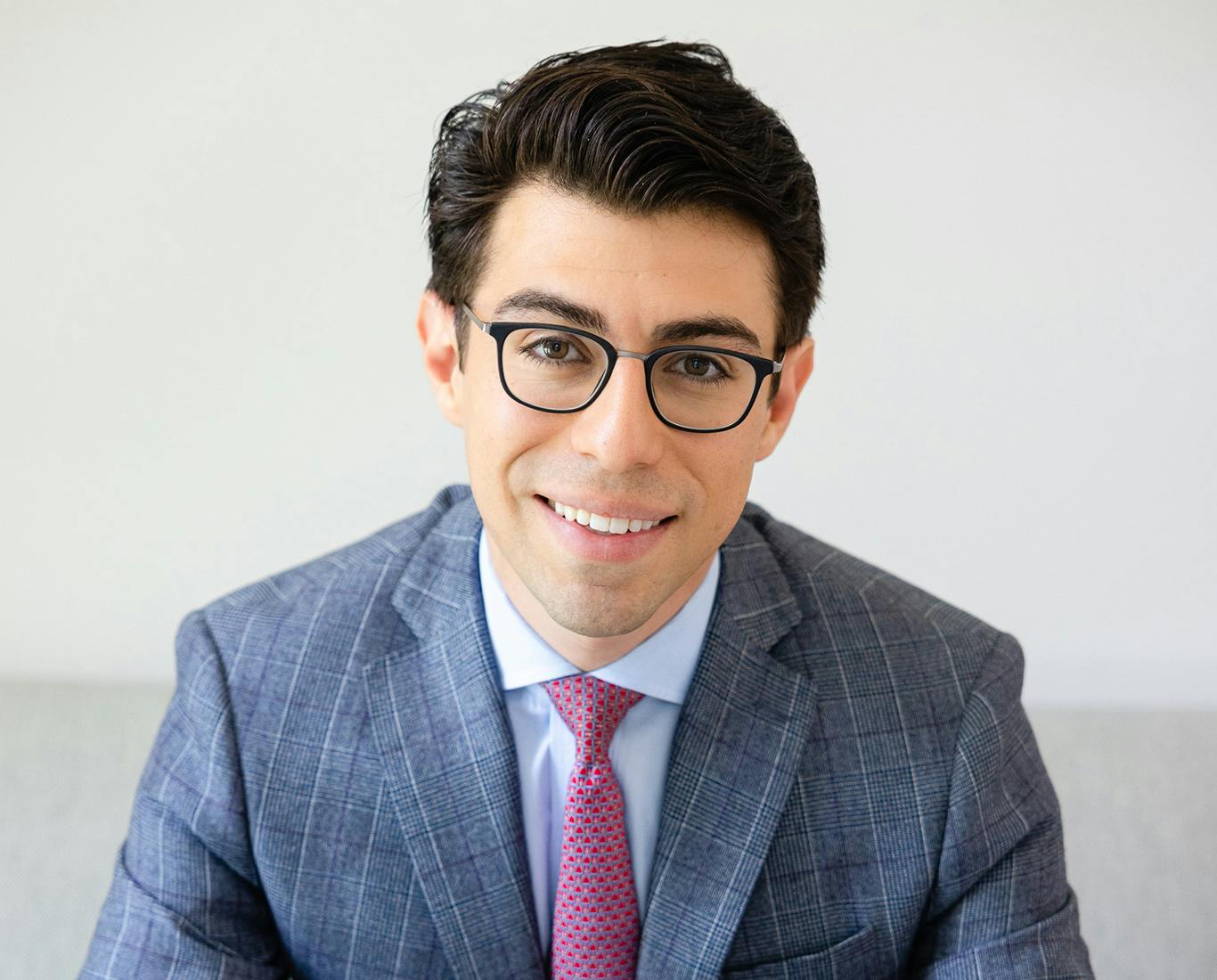When your child is born with ears that are not shaped in the usual way, there is a treatment that can correct them. This technique, used during infancy, molds deformed ears into a normal shape. Dr. Fisher is specially trained as a pediatric and craniofacial plastic surgeon, giving him the unique tools to help your child. He is excited to bring non-invasive ear molding to Westport and offer it to his patients as an alternative to surgery.
Infant Ear Molding
For patients whose ears may not have formed properly, Dr. Fisher is proud to offer the EarWell™ Infant Ear Correction System to his patients. This is a non-invasive, painless way to permanently correct infant ear deformity by gently molding the ear cartilage to the correct shape over several weeks. It produces the best results if started within three weeks of birth and can correct almost all infant ear deformities without the need for surgery.
Best of all, everything is done in the comfort of our office without the need for hospital visits, sedation, or anesthesia. Your baby will wear the correction mold for 4 to 6 weeks, at which point the ears will be shaped normally.
If you notice that your little one’s ears look a little different, don’t hesitate to schedule an appointment with Dr. Fisher to see if ear molding may be the right answer.





